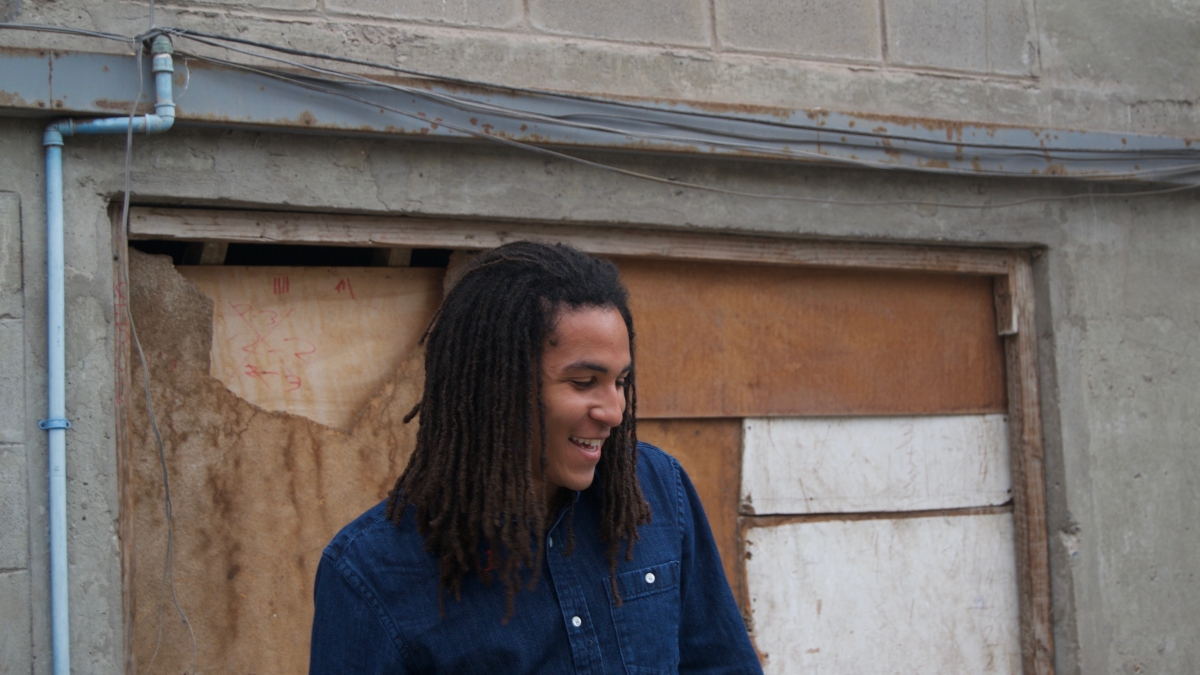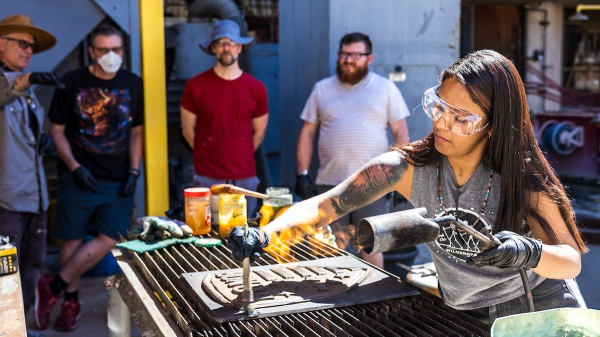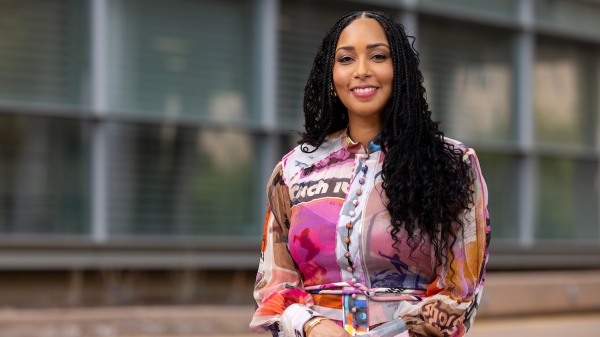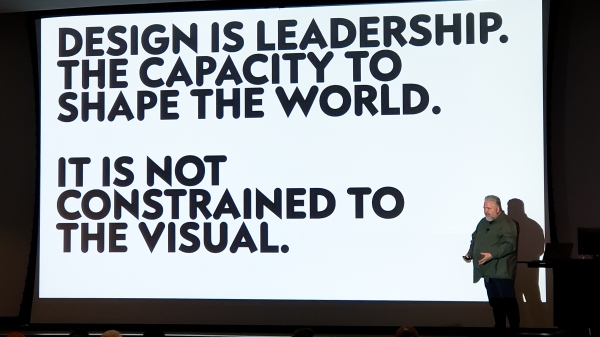Graduating architecture student finds inspiration in unconventional
Visits to famous architectural sites in Arizona fueled Josh Greene’s passion and work

Editor’s note: This is part of a series of profiles for spring 2017 commencement. See more graduates here.
Josh Greene’s career path all started with a visit to Arcosanti as a high school student.
“Attitudes of ecology, architecture, desert dwelling and art were combined to create a unique experience that is disconnected with the real world,” he said of the experimental laboratory near Cordes Junction in Arizona. “After visiting, I couldn’t quite define why I was so drawn to the non-conventional ways of thinking, but I knew that architecture was something that I wanted to learn more about.”
Greene also found inspiration when he visited Taliesin West, the Scottsdale home and studio of famous architect Frank Lloyd Wright.
“Utilizing rocks from site in the concrete walls was something I had never seen before, and it was my first exposure to sustainable architecture,” he said. “There is a distinct feeling that exists at Taliesin that is a direct result of the built environment and how it interacts with the desert. Although I couldn’t describe it, I got a similar feeling while visiting Arcosanti.”
Greene was hooked and made his way into The Design School in the Herberger Institute for Design and the Arts as an architecture student. He chose to get a double minor in sustainability and business, which informs much of his work.
He will graduate having completed a volunteer project supporting the International Refugee Committee’s community aquaponics greenhouse on16th Avenue and Camelback Road “that allows the community to grow in tandem with the beauty of nature within the urban interface.”
Greene said the goal is to construct an educational, outdoor gathering and community space where community members can learn about and participate in the art of community through growing fresh food. Along with architectural studies student Nicole Bone and landscape architecture student Brandon Ramirez, Greene volunteered to design and build a seating area that they recently completed thanks to other volunteer groups and a Woodside Community Action Grant.
“The seating area will serve as a critical first step to turning this vacant lot into a productive and educational community space,” Greene said.
Greene answered some questions about his experience at ASU.
Question: What’s something you learned while at ASU — in the classroom or otherwise — that surprised you, that changed your perspective?
Answer: I realized the power of a human story. There are so many incredible people from extremely diverse walks of life at this school. Allowing the space for people to tell their own stories helped me understand the importance of sharing personal experiences.
Q: Why did you choose ASU?
A: It was a fairly easy decision: My parents went to school here, it’s close to home, and it’s not UofA.
Q: What’s the best piece of advice you’d give to those still in school?
A: "Don’t let schooling get in the way of your education.” — Mark Twain. ASU is a phenomenal institution where there are so many opportunities to get involved. Be a part of the community, and learn through non-traditional activities. Don’t get too caught up in your school work. Go out and explore. Find what you’re passionate about.
Q: What was your favorite spot on campus, whether for studying, meeting friends or just thinking about life?
A: The patio of the old Charlie’s Cafe on the second floor of Design North, the happening place for all of the above activities.
Q: What are your plans after graduation?
A: I’ll be working at a local architecture firm, catching up on some lost sleep and continuing to learn the complexities of the architectural discipline.
Q: If someone gave you $40 million to solve one problem on our planet, what would you tackle?
A: I would invest the 40 million into education programs in disadvantaged and underrepresented communities. Education is a genuine and sustainable way to empower communities to solve their own problems. By investing in human capital, the money will be spent so that they can determine the problems in their own communities and empower them to fix them.
More Arts, humanities and education

'Devils in the Metal': ASU vet leads iron cast workshop for former service members
Bruce Ward believes everyone has a symbol of strength or resilience, and they have an obligation to find it. His happens to…

ASU English professor wins Guggenheim Fellowship for poetry
The awards — and opportunities — keep piling up for Safiya Sinclair, an associate professor in Arizona State University’s…

Designer behind ASU’s brand named newest Herberger Institute Professor
Bruce Mau, co-founder and CEO of the Chicago-based holistic design consultancy Massive Change Network, has joined Arizona State…